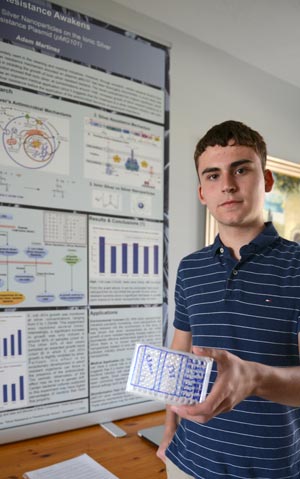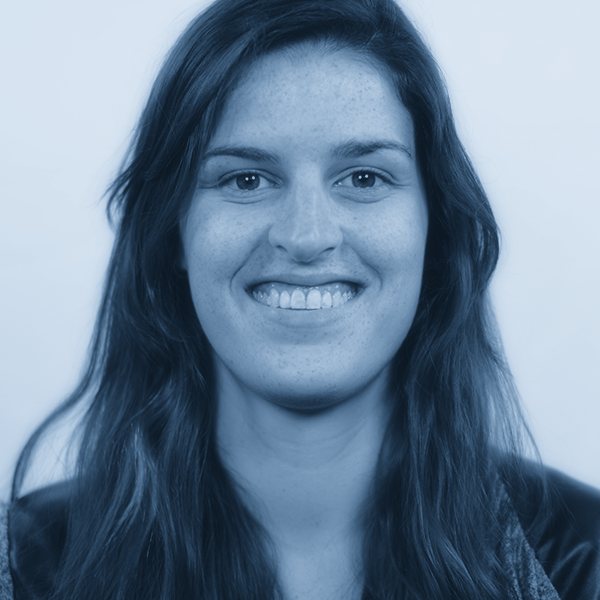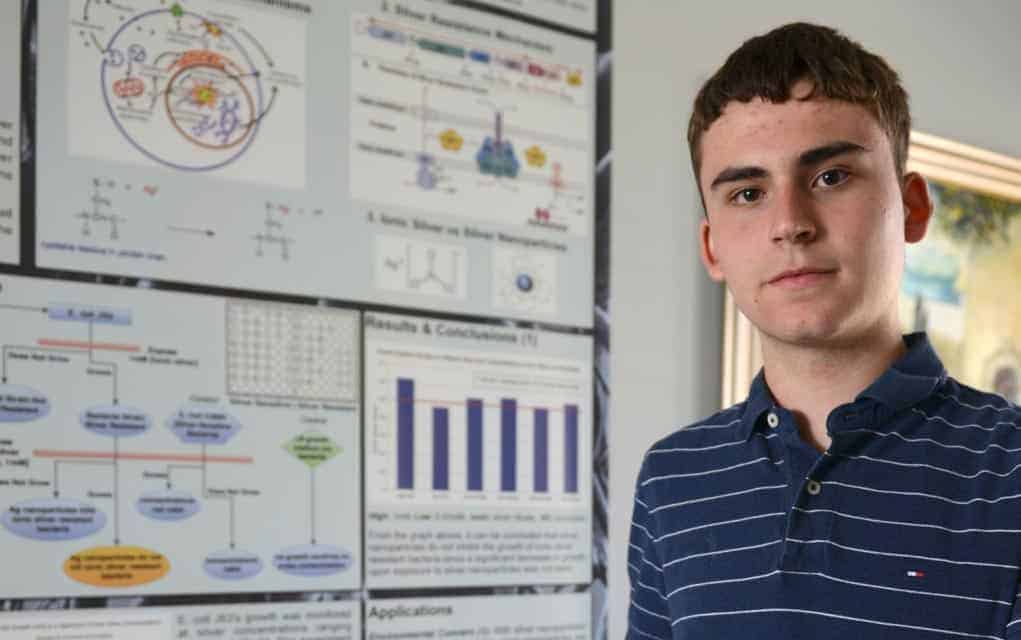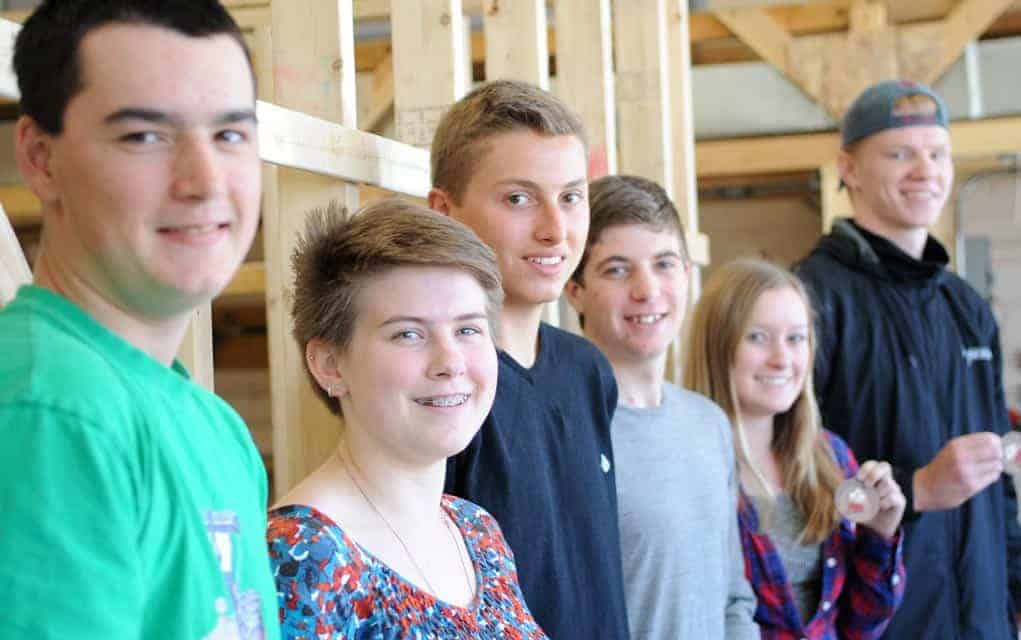A Conestogo student is heading to Los Angeles to test his science chops against the best student scientists from all over the world.
Adam Martinez, 15, is in Grade 9 at Waterloo Collegiate Institute and has already gone through regional and national science fairs.Now, he will be competing with nearly 1,800 high school-age students from some 70 countries for top honours at the Intel International Science and Engineering Fair (ISEF) from May 14 to 19.
When he discovered that his application had been accepted to the international fair, Martinez was amazed.
“I was shocked. I was not expecting it. A lot of people are in the older grades. Grade 9 is the youngest you can go, and this was the first time that I could qualify,” he said, adding that students his age are rarely accepted.“I wasn’t actually expecting to get in. I just wanted to see what would happen and get used to the application process, but when I got in, I had to go.”
His project takes a look at silver nanoparticles and how they can be used to help with bacteria that has developed a resistance to silver. He ended up discovering growth where he didn’t expect it. For Martinez, that meant going back to the drawing board.
“Silver is used in medicine and cleaning products all the time, however certain bacteria have developed a resistance, like with antibiotics. It is kind of the same deal here,” he said ahead of the competition. “At first I wasn’t sure why the growth was happening because it seemed counterintuitive. Why was the bacteria growing when I am giving them an antimicrobial? You wouldn’t expect that. Because I am a very conservative scientist, I always go back to my method and try to see if there is anything flawed with it, and I thought maybe there was a local precipitate destructing certain aspects of it, but I ruled that out and decided to do some further tests on this increase in growth.”
As it turns out, the growth was only periodical, and not consistent across the board.
“It is a new stage in evolution with the bacteria, which not only are they able to live in the presence of silver, but they can actually grow more,” he said.
When he gets his project to Los Angeles later this month, Martinez will be subjected to a stream of questions from judges and science and engineering companies in 15 separate interviews.
“The interviews are about 15 minutes each, and you have about 15 of them, so it is a long time. They sometimes go for longer if they have questions. There are also unscheduled periods where people can ask questions, so you will be presenting your project a lot by the end of the day,” he explained.
It isn’t just about his research project, however. The ISEF competitors are also given a once-in-a-lifetime opportunity to pick the brains of Nobel laureates. An opportunity Martinez is looking forward to.

“There are two types of research. There are research projects that are considered pure, and there are others that are considered applied. Applied would be someone saying they have the cure to cancer, or they have something that has a direct application, then there are the pure research projects where the researcher is just trying to understand a concept, like mine,” he said of the question he has planned for the Nobel laureates. “In terms of funding and even in terms of these science fairs, the applied projects tend to do better. They are flashier, but sometimes they are not always as solid. When someone claims they have a cure to cancer, it is not always complete. They may have covered one aspect of it, but it seems to be flashier and things like that. So, my question to the Nobel laureates, is, ‘in your experience, is applied research that much more important?’ Especially since I am on the pure research side of it.”
He also can’t wait to see some of the projects coming from students from other countries.
“It is interesting how we are all coming to competition for a common theme. I imagine there will be language barriers and a certain amount of division, but we are all coming to one event for a similar purpose,” he said. “I am interested to see how that will play out. Maybe different cultures have different perspectives on how to deal with certain problems or have different priorities.”
Teams from Canada have won the top ISEF prize for the last two years in a row, but even then, Martinez says he’s going into the competition essentially blind
“I don’t know what to expect. It is a very big competition. There are 1,700 people there, and it is the biggest competition I have ever competed at. This is international. This is the best from each country. So, we’ll see,” he said.
The competition starts May 14 in Los Angeles. To follow along, visit student.societyforscience.org.









